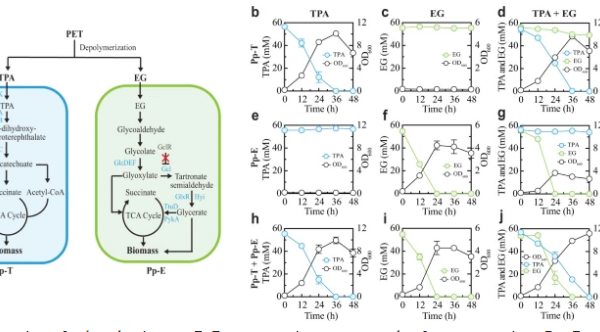
Wanda Fish has secured a new round of financing of $7 million to expand the production of bluefin tuna cell culture meat
According to incomplete statistics, there are no less than 150 global cell culture meat companies, most of which choose varieties with high consumption such as chicken and beef. However, there is also a problem. Currently, the cost and selling price of cell culture meat are much higher than the cost of breeding meat, which makes…













